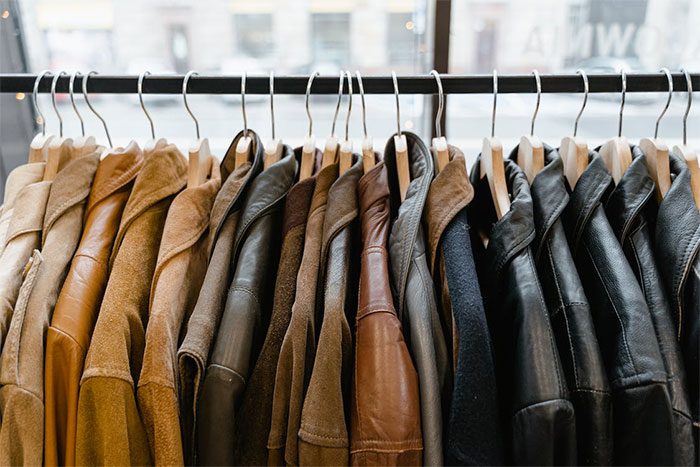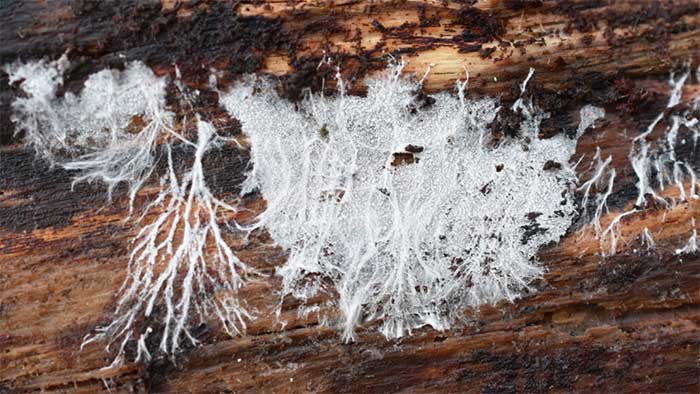Leather items always capture our attention, regardless of the type of material used. The allure of leather goods is undeniable, particularly for outerwear like jackets. Investing a significant amount of money to acquire and use these items makes us appreciate them even more, but no one wants their leather goods to become damaged, torn, or scratched.

Various types of leather jackets.
However, with advancements in material research, we have successfully developed a new method using mushroom fibers to create a leather-like structure with self-healing capabilities under ideal environmental conditions.

Mushroom fiber structure.
Scientists at the University of California have published experimental results on the self-healing ability of a type of artificial leather created from mushroom fiber structures. When subjected to force and damage over time, and under suitable environmental conditions, these materials can self-repair tears caused by external forces.
Artificial leather has been widely used in fashion and decoration, but it is typically made by inhibiting the growth of mushroom fibers, maintaining a consistent surface state. However, research has shown that by adjusting our production methods, we can achieve self-repairing properties for items made from this mushroom-based faux leather.
Specifically, Elsacker, a biological engineer at the University of Brussels, conducted experiments growing mushroom fiber structures in a favorable environment. A thin film gradually formed on the surface of the growth solution. Scientists then extracted, cleaned, and dried this structure to create a thin, non-durable layer of leather. They used chemicals and heating to stabilize this leather while leaving some parts of the mushroom functional, which can self-repair damaged areas on the faux leather structure.

After some time, the holes gradually recover and return to intact.
After puncturing a hole in the leather surface, researchers submerged the entire piece in a growth solution. Over time, the holes gradually healed and returned to their original state. However, one drawback is that they left a mark on one side of the leather.
Currently, the research team is still working on methods to inhibit the natural growth of the fungi. If not, exposure to water, such as rain, could lead to visible fungal growth on your garment. This technology shows great promise and is being invested in for further research to facilitate early application.


















































